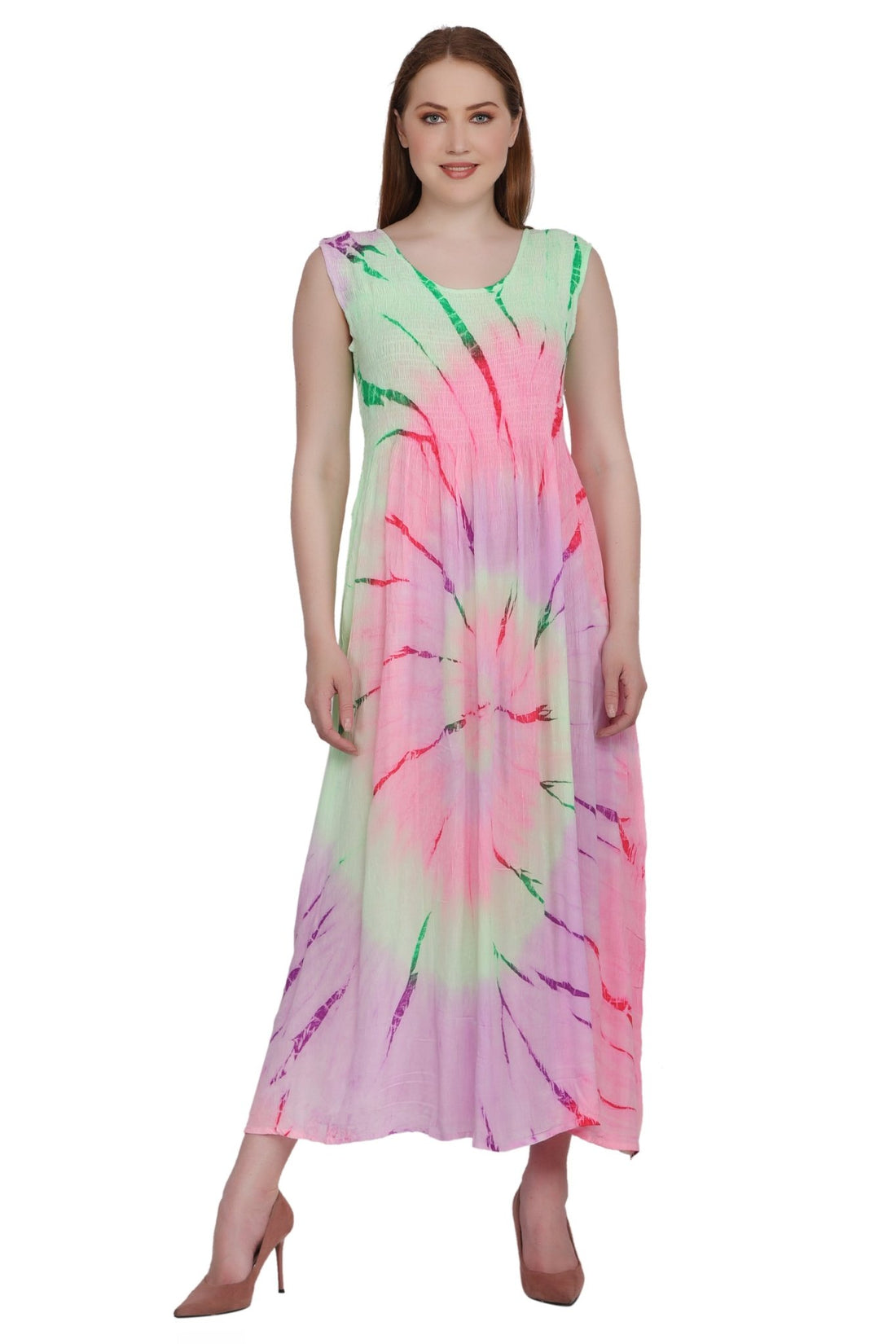The connection between hippie culture and tie-dye clothing is deep and enduring. Tie-dye, with its vibrant, swirling patterns and bold, saturated colors, has become synonymous with the countercultural movement of the 1960s. And though the hippie movement may have faded, the vibrant colors and swirling patterns of tie-dye continue to be a symbol of its spirit and ideals.
The origins of tie-dye can be traced back to ancient civilizations, where dyed fabrics were used for decorative and ceremonial purposes. However, it was the hippies of the 1960s who really embraced tie-dye and made it their own. The hippie movement was a response to the rigid social norms and conservative values of the 1950s. Hippies rejected traditional modes of dress and embraced a more free-spirited, individualistic approach to fashion. Tie-dye was the perfect expression of this ideology, with its bright, bold colors and unpredictable, organic patterns.
Tie-dye also represented a rejection of the mass-produced, factory-made clothing that was prevalent at the time. Instead of buying clothes from a store, many hippies took to making their own tie-dye garments at home, using simple techniques like twisting, folding, and knotting the fabric before applying dyes. This DIY approach to fashion was a key part of the hippie ethos, and tie-dye became a symbol of the movement's anti-establishment attitude. It's cliché to say history repeats itself but this saying finds its way into every industry. It is fair to compare this desire for uniquely produced products to the consumer focus that has shifted away from fast fashion and more sustainable (slow) clothing brands. The rejection of fast fashion can be compared to that of the mass-produced factory made clothing from the 1950s.
But tie-dye wasn't just about rebellion and nonconformity. For many hippies, tie-dye represented a sense of community and togetherness. Tie-dye workshops were a common feature at hippie gatherings and festivals, where people would gather to create colorful, one-of-a-kind garments. This communal aspect of tie-dye was a reflection of the hippie ideal of love and unity, and it helped to foster a sense of belonging among members of the movement. By creating your own tie dye clothing, not only were you dressing yourself but your clothing was speaking for you since it was designed by the maker.
The popularity of tie-dye led to the emergence of various types of tie-dye clothing, including tops, skirts, dresses, and pants. These garments were often made using natural fabrics like cotton and rayon, which absorbed the dyes well and resulted in vibrant, eye-catching colors. Tie-dye clothing was also often decorated with intricate patterns and designs, which were created by folding, twisting, and knotting the fabric before applying the dyes.
WWD reported recently that tie-dye made a massive comeback in 2019 and it appears to be sticking around for the long term.”Tie dye dresses are consistently ranking in the top 10 most searched prints and in the top three most searched motifs”, report WWD. Fashion runways also reported a 139% increase in YoY for tie dye collections in 2021. A trend on the runway and in the small shops on main street is a rare occurrence but that really speaks to the effort by the fashion industry both big and small players to capture market share of the tie dye industry.
Personally, I’ve noticed Men’s Fashion has incorporated tie dye seamlessly into existing streetwear styles. Almost every streetwear brand is printing their logo, slogan, or artwork over blank tie-dye tees and selling out. I’ve noticed this trend with ASSC, Kith, and BAPE which are all leaders in the men’s streetwear space. Previously seen as a rugged and confined space in men’s streetwear, has suddenly opened up to bright colors and daring designs previously not seen in the industry.
As the hippie movement gained popularity, tie-dye became a fashion statement in its own right. Celebrities like Janis Joplin and Jimi Hendrix were often seen wearing tie-dye, and it became a symbol of the countercultural movement. However, as the hippie phenomenon began to fade in the late 1960s and early 1970s, tie-dye also fell out of fashion.
But tie-dye never completely disappeared. In the decades since the heyday of the hippie movement, tie-dye has experienced several revivals, with the vibrant, swirling patterns once again becoming a popular choice for clothing and accessories. Today, tie-dye is still associated with the carefree, bohemian spirit of the hippies, and it continues to be a symbol of nonconformity and individuality. Our mission at Advance Apparels has been to serve this everlasting fashion trend to its true followers while introducing tie dye designs to others who would have previously only associated this type of clothing with the hippie movement. Advance Apparels’ design team is filled with students of tie-dye as can be seen by the 100+ different designs available across only their dresses category!
The lasting popularity of tie-dye can be attributed to its versatility and adaptability. Tie-dye can be worn by people of all ages, genders, and sizes, and it can be incorporated into a wide range of fashion styles not just constrained to hippie dresses or hippie blouses. Tie-dye can be casual or formal, whimsical or serious, and it can be dressed up or down depending on the occasion. This versatility has helped tie-dye to remain relevant and fashionable




















